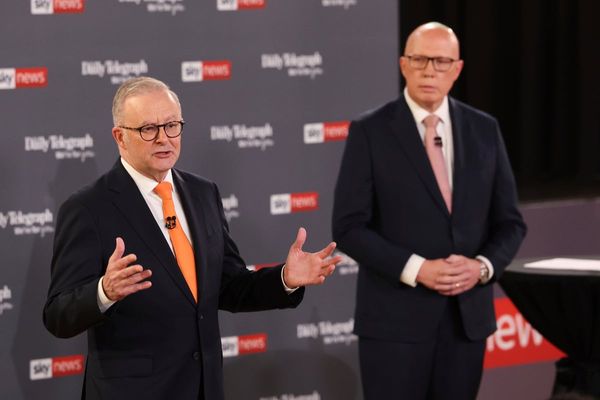His given name was a handful.
The two-syllable name the world came to know him by was an accident.
Edson Arantes do Nascimento became Pelé because as a boy he mispronounced the name of a player from that era called Bilé, and the mistake stuck and became his own moniker.
He came to be known as something else, did Pelé:
The King of The Beautiful Game.
Pele’ passed away on Thursday in his native Brazil at age 82, after a long battle with colon cancer.
He was the best, biggest, most important figure from the past century in the world’s most popular sport. All of those who followed and came to challenge his stature and place — Diego Maradona, Cristiano Ronaldo, Lionel Messi — they were compared to Pele’. To the king. He was the template. The temple.
He is the only man to have played on three World Cup-winning teams, cementing his status as an icon and legend in Brazil, for both the national team and his club team, Santos. Brazil in 1958 and 1962 was the last nation to win consecutive men’s World Cups, with Pelé the 17-year-old phenom in ‘58.
He would score 95 goals in 114 national team appearances, helping redefine the sport internationally, and later helping popularize it in the United States.
Beyond his prime Pelé had retired from the international stage to compete in the fledgling North American Soccer League. Except, when you are Pelé, you are the international stage. He brought it to the New York Cosmos in 1977, and around the United States, introducing the sport to millions of Americans.
South Florida had a piece of it Pelé.
His Santos club played an exhibition vs. the NASL’s Miami Toros in 1973 at the Orange Bowl, drawing some 23,000 fans.
In 1977, Pelé was then 37 and playing for the league’s flagship New York Cosmos, who twice played the Fort Lauderdale Strikers at Lockhart Stadium, the site where Inter Miami of Major League Soccer now plays. (The Toros had become the Strikers).
Lockhart was a glorified (but hardly that) high school football stadium with bleacher seats, a little bandbox hardly befitting the stature of Pelé. No matter. On a soccer pitch put anywhere, it was a beautiful game to Pelé. Lockhart sat about 19,000 fans, but for Pele’s visits the place burst at its seams, the traffic backed up on Interstate 95 for miles.
Ray Hudson, then a young Strikers star, recalls being gifted a Pelé jersey from the man himself after one game at Lockhart in ‘77. The scene in the visitors locker room as Hudson walks in postgame:
“There was Ahmet Ertugen [the famed record producer whose brothers owned the Cosmos] giving Pelés feet a rub. The greatest record producer of all time on his knees soothing Pelé feet. Pele’ had the shirt for me on his shoulder.”
During the match, “I make a wonderful tackle from the side, and Pelé goes down. As I pass the ball away I wanted to turn around and pick him up. You don’t do that. But it was him. It was like playing against a deity.”
Hudson laughs at the memory.
“This was a a high school football field with bleachers. A ramshackle locker room, run down, held together with duct tape. And there’s Pelé. Are you kidding me!?”
Hudson cannot help but rhapsodize in appreciation at the memory of, and legacy of, Pelé:
“He was the most beloved athlete of all time, a talent beyond compare, an ambassador for the game. He had a radiant quality a blind man on a galloping horse could see. The greatest player the world had ever seen. A virtuoso. He was the big bang of the game in this country.”
Pelé’s soccer ball was a child was a sock stuffed with newspapers or rags. He shined shoes to buy his first proper ball.
His fame would grow to such a magnitude the two sides in a 1967 civil war in Nigeria agreed to a brief cease-fire so Pelé cold play an exhibition match in that country. Queen Elizabeth knighted him.
He was invited to the White House. “My name is Ronald Reagan, I’m the president of the United States of America,” the host said. “But you don’t need to introduce yourself because everyone knows who Pelé is.”
Pelé is said to have been Brazil’s first modern Black national hero but opposing fans taunted him with monkey chants at home and all over the world. “He said he would never play if he had to stop every time he heard those chants,” said Angelica Basthi, a Pelé biographer.
Pele’ is among a generation leaving us one by one. The Muhammad Alis. The Bill Russells.
These are the greats who earned their magnitude before the world we know now. Before ESPN “SportsCenter.” Before the Internet. Before social media allowed the world to instantly and collectively marvel at greatness.
Greatness, though, doesn’t require external acknowledgment. Pelé did not. He earned his stature, his immortality, just the same.
Once and always, The King of The Beautiful Game.







